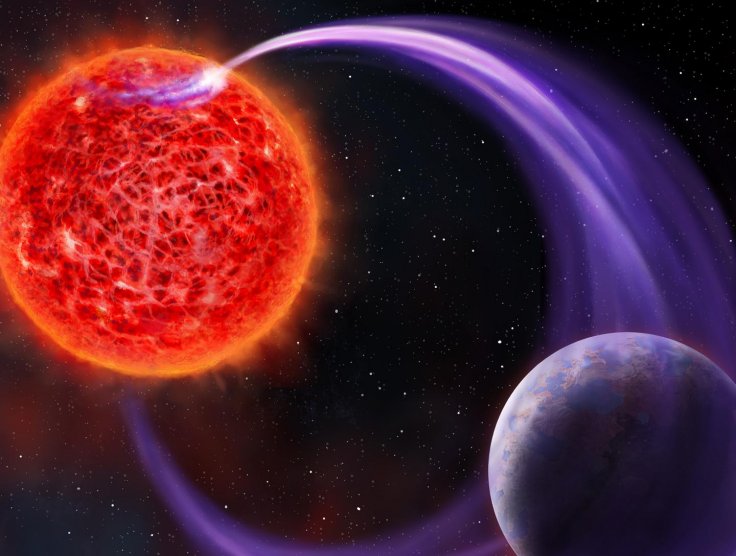A new study, published in Nature Astronomy and Astrophysical Journal Letters (ApJL), said that scientists have observed radio waves that carry the distinct signatures of aurorae, caused by the interaction between a star's magnetic field and a planet in orbit around it.
The team of scientists used the Low Frequency Array (LOFAR) radio telescope in the Netherlands to detect these signals. Though radio emission from a star-planet interaction was predicted long ago, this is the first time such signals have been detected that will be extremely beneficial to probe the environment around exoplanets and to understand their habitability.

However, the follow-up observations, using the HARPS-N telescope in Spain, has ruled out the alternate possibility that the interacting companion is another star as opposed to an exoplanet.
Complications due to intense magnetic activity
According to the study, the discovery was centered on red dwarfs, but were way smaller and cooler than our own Sun. Thus, it was clear that a planet can be habitable only if it is significantly closer to its star than the Earth is to the Sun.
In addition, a habitable planet around a red dwarf is exposed to intense magnetic activity as the red dwarf has much stronger magnetic fields than the Sun. The intense activity can heat up the planet and even erode its atmosphere. The experts believe that the radio emissions involved with this process are one of the only tools available to probe the interaction between such planets and their stars.
Harish Vedantham, the lead author of the 'Nature Astronomy' study and a Netherlands Institute for Radio Astronomy (ASTRON) staff scientist, said: "The motion of the planet through a red dwarf's strong magnetic field acts like an electric engine much in the same way a bicycle dynamo works. This generates a huge current that powers aurorae and radio emission on the star."
Does Sun generate such intense currents?
The researchers said that though our Sun does not generate such currents in the solar system, the interaction of Jupiter's moon with Jupiter's magnetic field generates a similarly bright radio emission, even outshining the Sun at sufficiently low frequencies.
Joe Callingham, ASTRON postdoctoral fellow and co-author of the same paper, said: "We adapted the knowledge from decades of radio observations of Jupiter to the case of this star. A scaled-up version of Jupiter-Io has long been predicted to exist in star-planet systems, and the emission we observed fits the theory very well."
In order to be extra sure, the team searched for the signature of a companion star using the HARPS-N instrument (High Accuracy Radial Velocity Planet Searcher) on the Italian Telescopio Nazionale Galileo on La Palma, Spain.
"Interacting binary stars can also emit radio waves," said Benjamin Pope, NASA Sagan Fellow at New York University and lead author of the ApJL paper. "Using optical observations to follow up, we searched for evidence of a stellar companion masquerading as an exoplanet in the radio data. We ruled this scenario out very strongly, so we think the most likely possibility is an Earth-sized planet too small to detect with our optical instruments."
The researchers said that they need to concentrate on finding similar emission from other stars.









